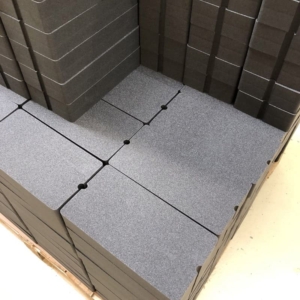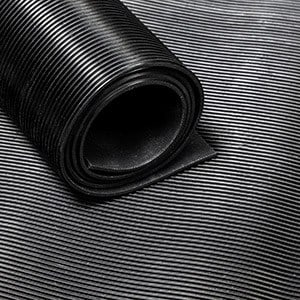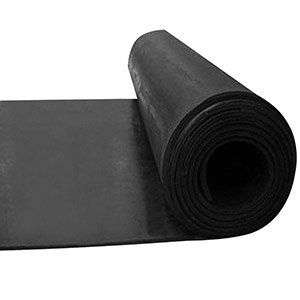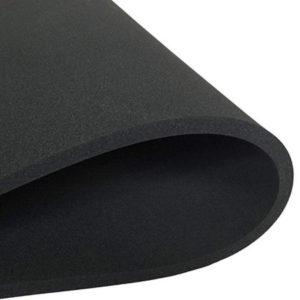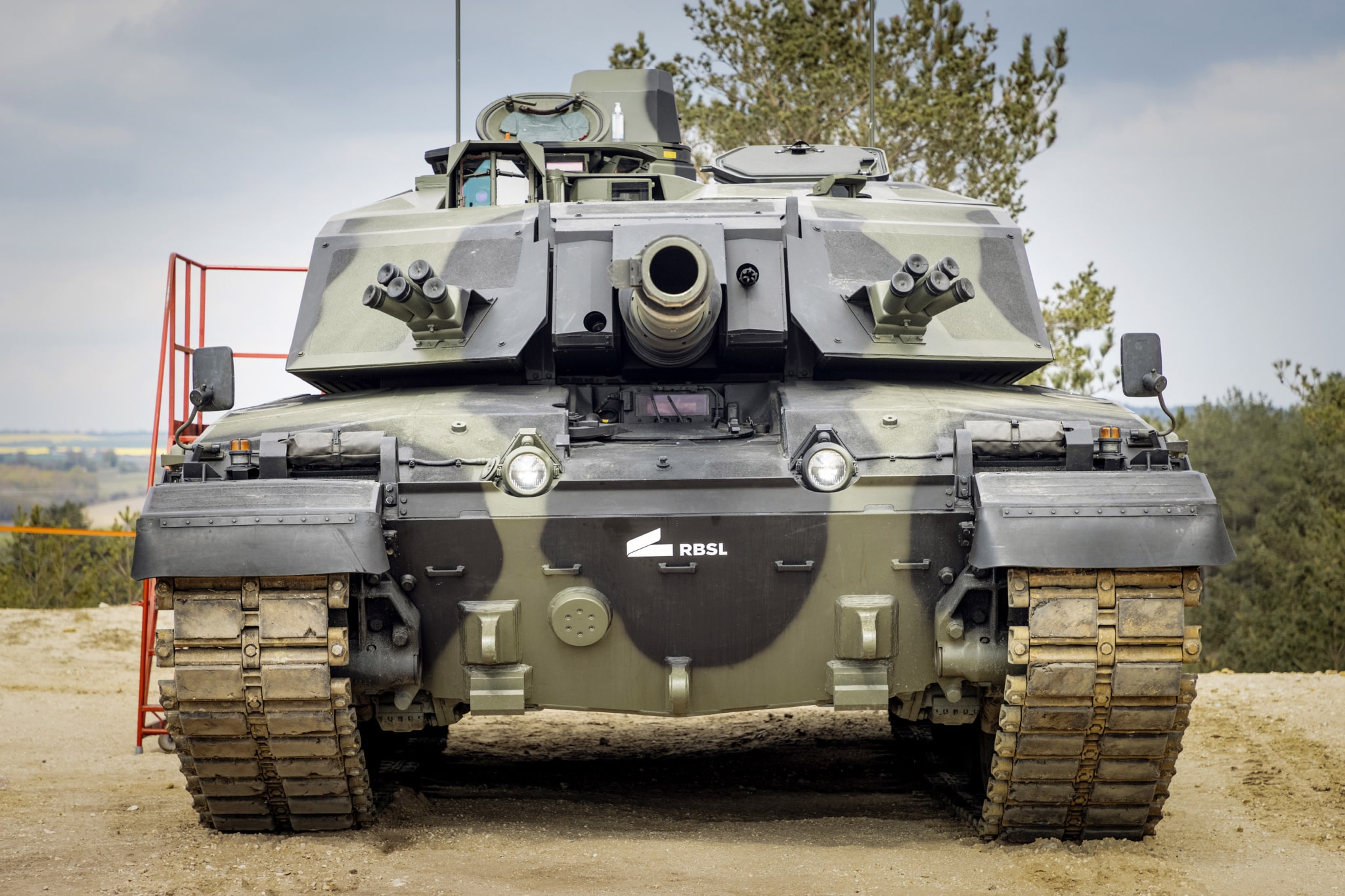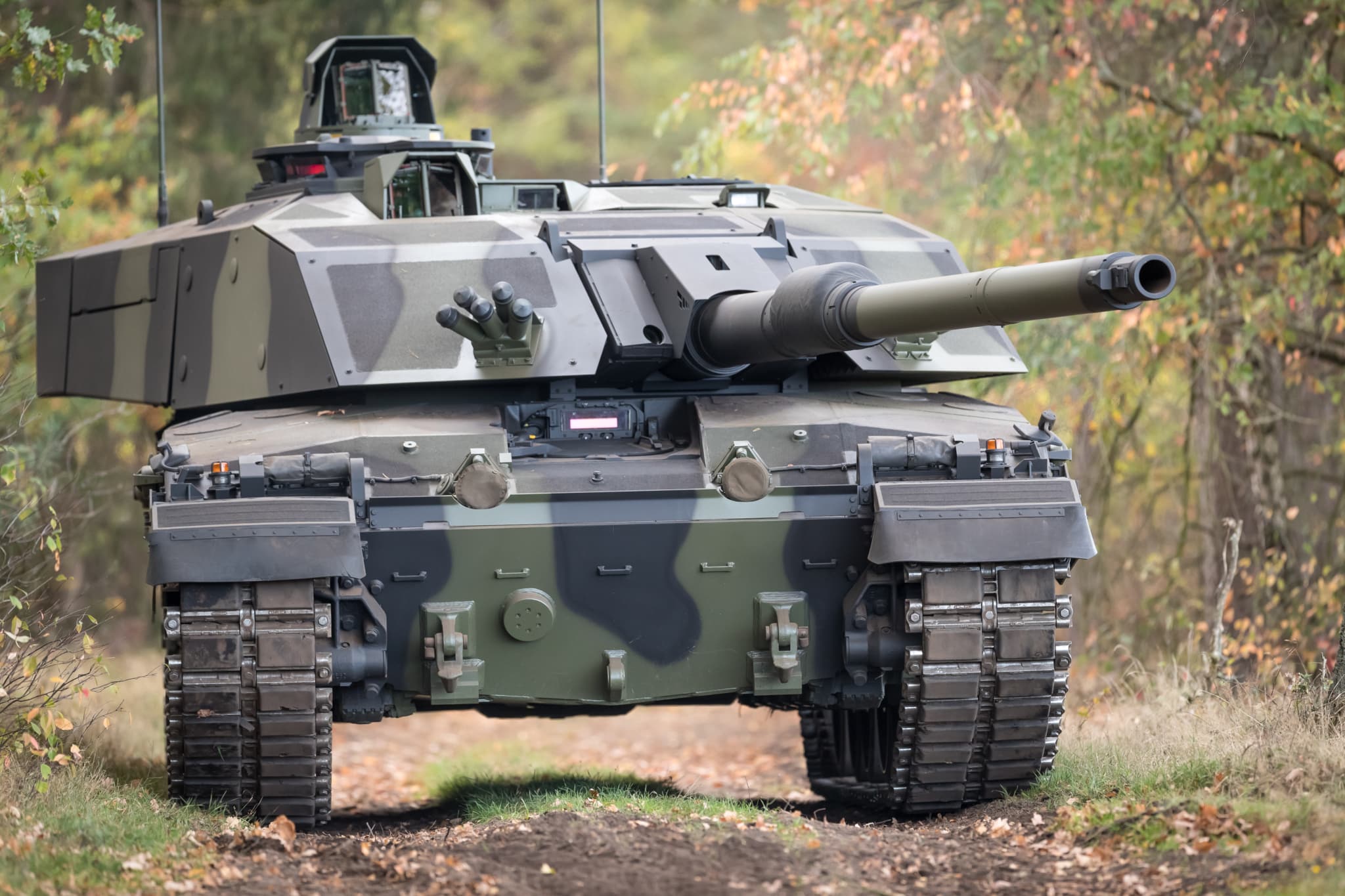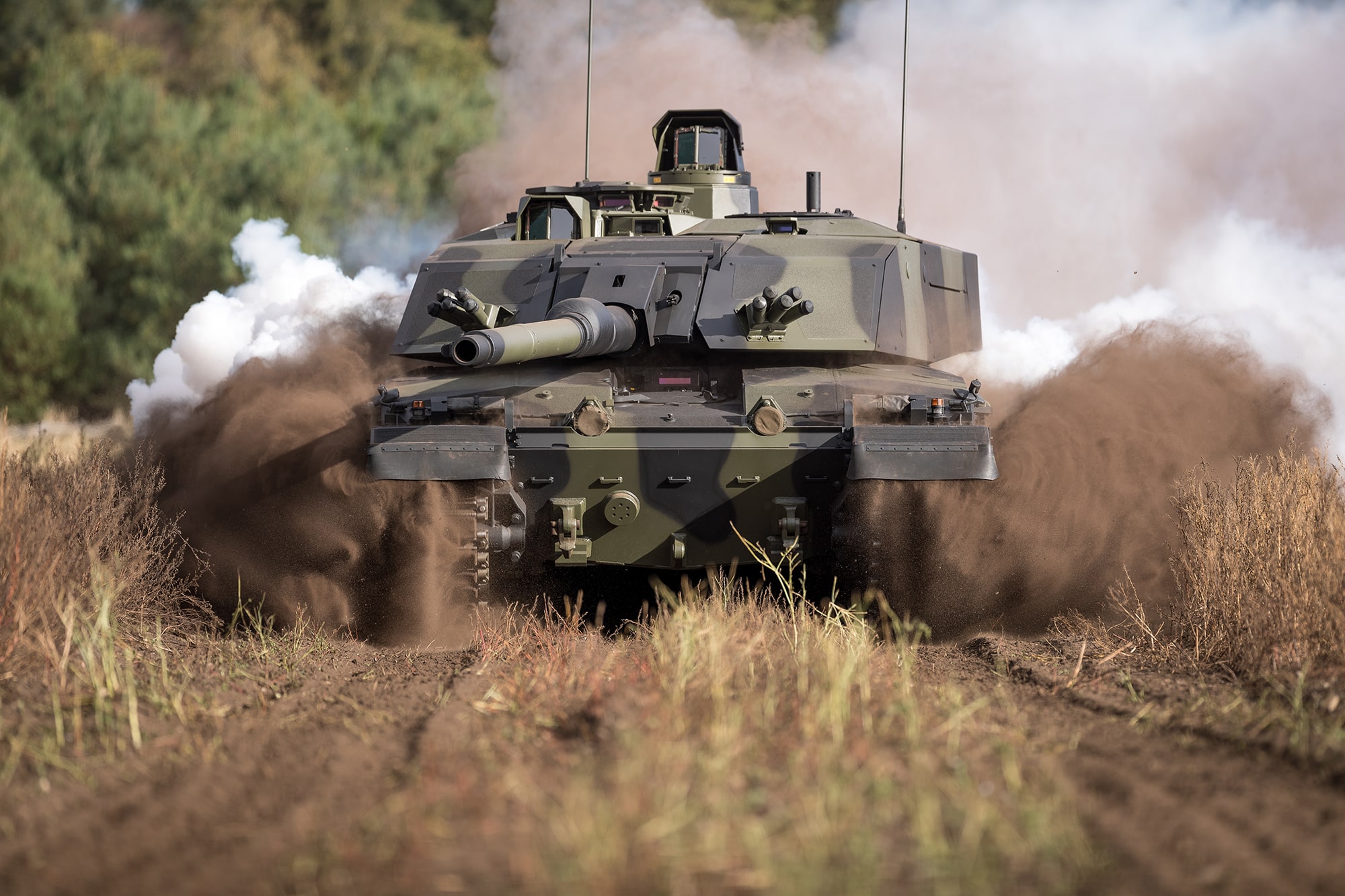Challenger 3 Program Achieves Significant Milestone: First Pre-production Tank Enters Trials
The challenger 3 program In a substantial stride towards enhancing the British Army's next Main Battle Tank capability, the Challenger 3 program has achieved a major milestone with the initiation of trials for the first pre-production model. This development, set to unfold in the coming weeks, is a testament to the dedication and hard work of RBSL's engineers and technicians over many months.
The upcoming trials will showcase the capabilities of the prototype, with subsequent models closely following suit. Operational conditions will rigorously test the prototypes, validating their performance and allowing for refinements before the production of an additional 140 units destined for the British Army.
Central to the Challenger 3 platform is the integration of a new 120mm L55A1 smoothbore gun from Rheinmetall, enabling the utilization of the most advanced ammunition available. The tank will also feature Next Generation UK-sovereign modular armor, a fully digitized turret, and the incorporation of the Trophy Medium Variant Active Protection System (APS). These enhancements serve to protect against rocket-propelled grenades and anti-tank missiles, providing the British Army with a substantial advancement in war-fighting capability.
Nick Berchem, Deputy Project Manager for Challenger 3 at RBSL, emphasized the tank's design focus on crew safety, operational effectiveness, and comfort. With user input considered at every stage, he anticipates the Challenger 3 to be a potent and well-received addition to the British Army's inventory. Berchem expressed excitement and satisfaction in contributing to the team bringing this highly capable tank to life.
Challenger 3: RBSL's Engineering Triumph
The Challenger 3 program, led by RBSL, aligns with the Land Industrial Strategy, ensuring it harnesses the best of British engineering and manufacturing. This approach not only sustains essential skills across the country but also involves a multi-million-pound investment in RBSL's Telford facility, creating jobs within the company and the broader UK supply chain. Such efforts contribute significantly to national industrial resilience, in line with the UK Government's social value and 'levelling up' aspirations.
Colonel Will Waugh, Senior Responsible Owner of the Army's Armour (Main Battle Tank) Program, emphasized the critical nature of delivering the first pre-production Challenger 3 and commencing trials. The tank is slated to become a central component of the Army's Armoured Brigade Combat Teams, playing a pivotal role in NATO's deterrence efforts.
Major General Darren Crook, Director Land Equipment for Defence, Equipment & Support, expressed immense pride in the collaborative efforts of the entire team, including the Army, DE&S, and RBSL. The achievement of delivering the first pre-production Challenger 3 marks a crucial milestone in providing the British Army with a world-class Main Battle Tank, underscoring the importance of the Land Industrial Strategy in maintaining a highly skilled industrial base and strategic advantage through partnerships with industry leaders like RBSL.
Challenger 3: reveals
The German-UK joint venture Rheinmetall BAE Systems Land (RBSL) has revealed the first prototype of the British Army's Challenger 3 Main Battle Tank (MBT). The unveiling took place at the IQPC International Armoured Vehicles conference in London, marking a significant milestone after the completion of the new vehicle's build at RBSL's production facility in Telford, England.
The public release of the prototype's images coincides with its expected initiation of trials in the coming weeks, as announced at the conference. The trials, spanning a total of 18 months across sites in the UK and Germany, are crucial steps before a systems qualification review slated for the next year. RBSL plans to develop eight prototypes as part of the Challenger 3 program.
Rory Breen, Strategy and Future Business Director at RBSL, highlighted the program's ambition, stating, "The Challenger 3 program will deliver the best tank in NATO, providing the soldier with a step-changing capability, ensuring a 21st-century deterrence through to the out-of-service date in 2040." The first prototype is set to undergo trials to confirm its safety before crew trials commence.
Challenger Program: The uncrewed trial
The uncrewed trial aims to validate the system's safety for subsequent crew trials, emphasizing the commitment to ensuring the well-being and security of the tank's operators.
Breen detailed the engineering efforts involved in upgrading the prototype from a Challenger 2 vehicle, the British Army's current main battle tank, to the new Challenger 3 standard. Approximately 50% of Line Replaceable Units (LRUs) are traded, with everything else, except the turret ring, being brand new.
Key features integrated into the prototype and set for inclusion in 148 serial production tanks, part of the broader £800 million ($1 billion) Challenger 3 program, include Rheinmetall's 120mm smoothbore gun, a digitized turret, day and night targeting sights, Rafael's Trophy active protection system, and a modular armor system. Mobility enhancements encompass a third-generation hydro gas suspension system and a more powerful engine.
Breen emphasized that the development of Challenger 3 showcases advancements in the critical aspects of protection, firepower, and mobility, positioning it as a formidable asset for the British Army.
Additionally, Breen acknowledged RBSL's capability to manufacture new vehicles from scratch, subject to the UK Ministry of Defence's request, although the current contract only involves upgrading Challenger 2 vehicles.
The operational readiness of the Challenger 2 fleet has been a subject of debate in UK political circles, particularly given the UK's commitment of main battle tanks to Ukraine in 2023. Despite concerns, recent milestones, including the approval of the final design in February 2023 and successful trials of various components, indicate a positive trajectory for the Challenger 3 program. The Initial Operating Capability for Challenger 3 is targeted for 2027, signifying a significant step towards bolstering the British Army's armored capabilities on the global stage.



